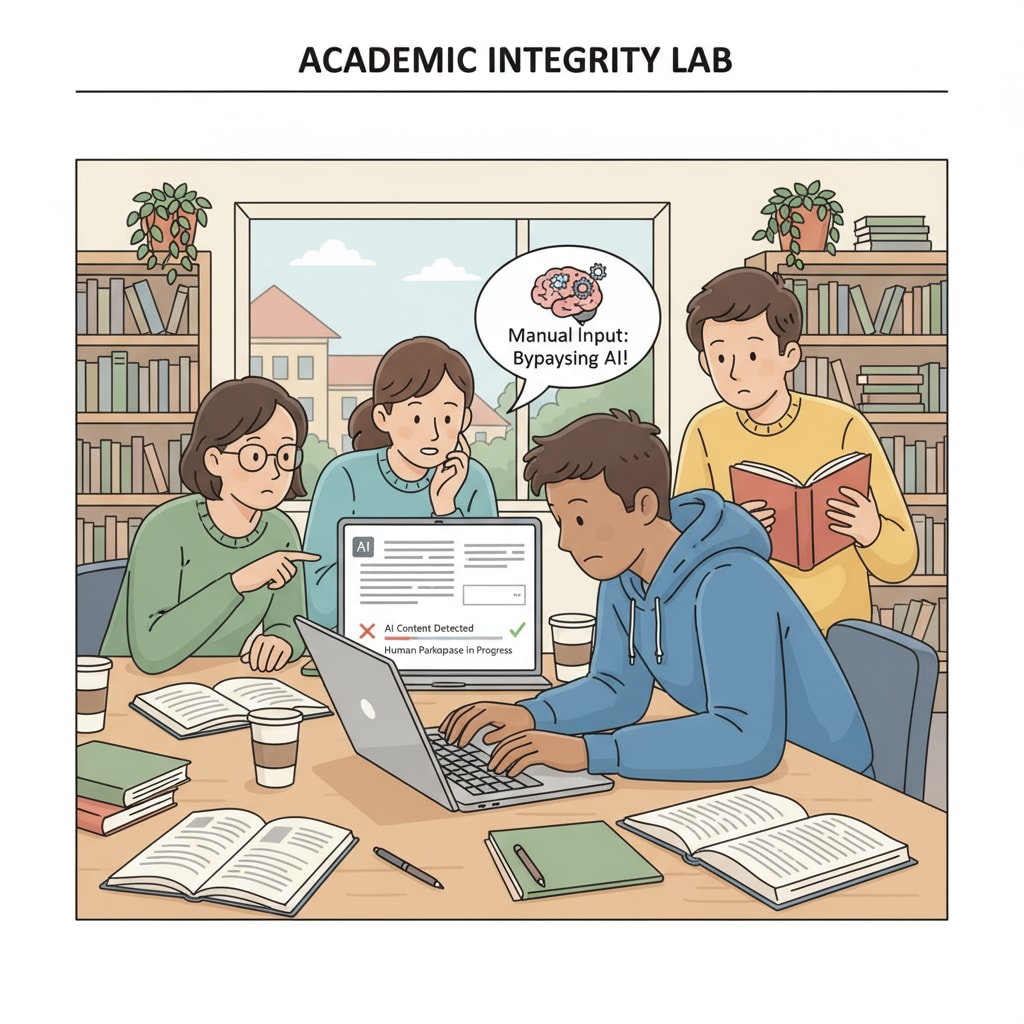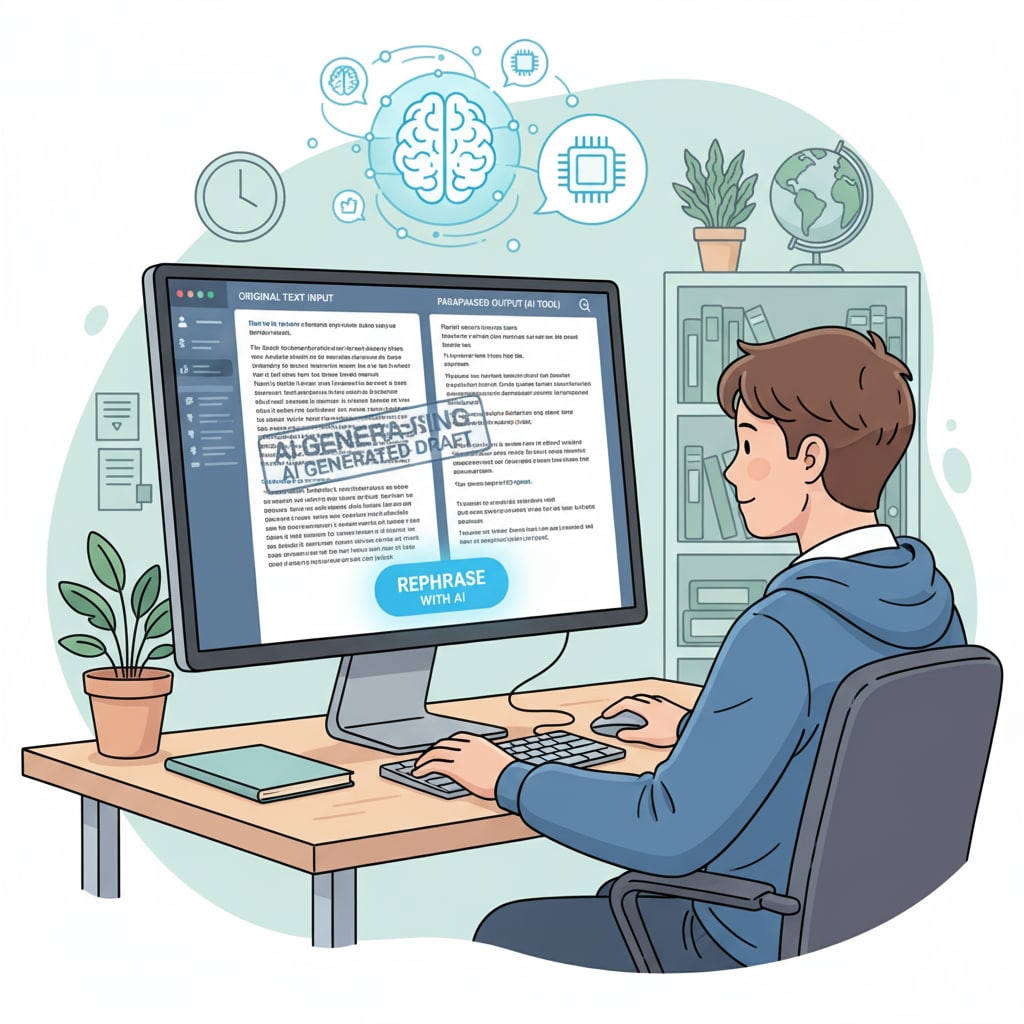In the age of rapid technological advancement, the issues of AI detectors, manual typing, and AI paraphrasing tools have become hot topics in education. As AI detection technology gains more traction in educational institutions, students are constantly seeking ways to get around these systems. One such method that has gained popularity is manually inputting AI-generated content. But can this really help them escape the watchful eyes of AI detectors?

The Rise of AI in Education and Detection Tools
AI has revolutionized many aspects of education. From personalized learning experiences to grading assistance, its applications are vast. However, with the ease of generating content using AI, there has been a surge in academic dishonesty. To combat this, educational institutions have started relying on AI detectors. These detectors analyze various aspects of the text, such as language patterns, sentence structures, and vocabulary usage, to determine if the content has been generated by AI. For example, Plagiarism detection software on Wikipedia has evolved to include AI detection capabilities. They aim to maintain the integrity of the educational system and ensure that students are truly demonstrating their knowledge and skills.
The Allure of Manual Typing as an Evasion Strategy
Students often think that manually typing AI-generated content can be their “invisible cloak” to avoid detection. The idea is that by entering the text themselves, they can introduce enough variability in the typing, such as occasional typos, natural pauses, and unique phrasing. This, they believe, will make the text seem more human-written. However, it’s not as straightforward as it seems. AI detectors are becoming increasingly sophisticated. They can still pick up on the underlying patterns that are characteristic of AI-generated text, regardless of how it is inputted. For instance, the use of certain phrases that are commonly generated by AI models might still be detected, even if typed manually. Artificial intelligence on Britannica explains how AI algorithms are designed to recognize these patterns.

The Role of AI Paraphrasing Tools
Another strategy students employ is the use of AI paraphrasing tools. These tools rewrite the AI-generated content to make it seem different. They change the sentence structure, replace words with synonyms, and modify the overall flow of the text. While this can make the content appear more original at first glance, AI detectors are also adapting. They are able to analyze the semantic meaning of the text and compare it to known AI-generated patterns. So, even if the words are different, the underlying ideas and the way they are presented might still give away the fact that it was originally AI-generated.
In conclusion, the idea that manually typing AI-generated content or using AI paraphrasing tools can effectively evade AI detection is a misconception. As technology continues to advance, both AI generation and detection capabilities will only become more refined. Educational institutions need to continue to adapt and find ways to educate students about the importance of academic integrity. Students, on the other hand, should focus on developing their own skills and knowledge rather than trying to find shortcuts. By working together, we can ensure that the educational system remains a place where true learning and growth take place.
Readability guidance: This article uses short paragraphs and lists to summarize key points. Each H2 section provides a clear set of ideas. The proportion of passive voice and long sentences is controlled, and transition words are used throughout to enhance the flow of the text.


